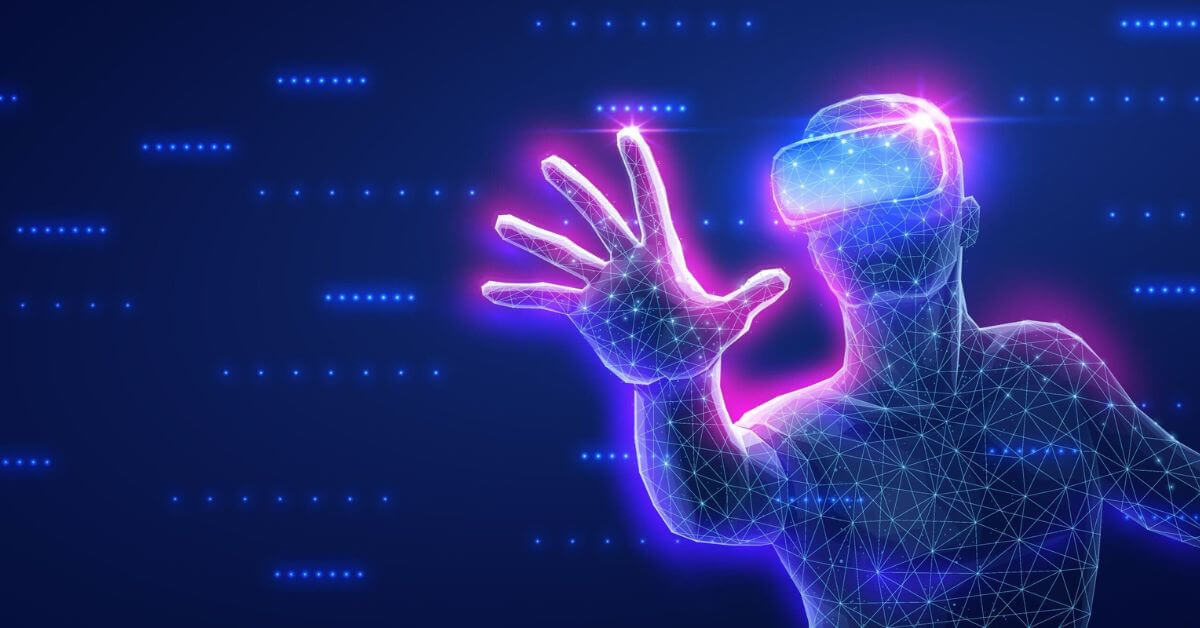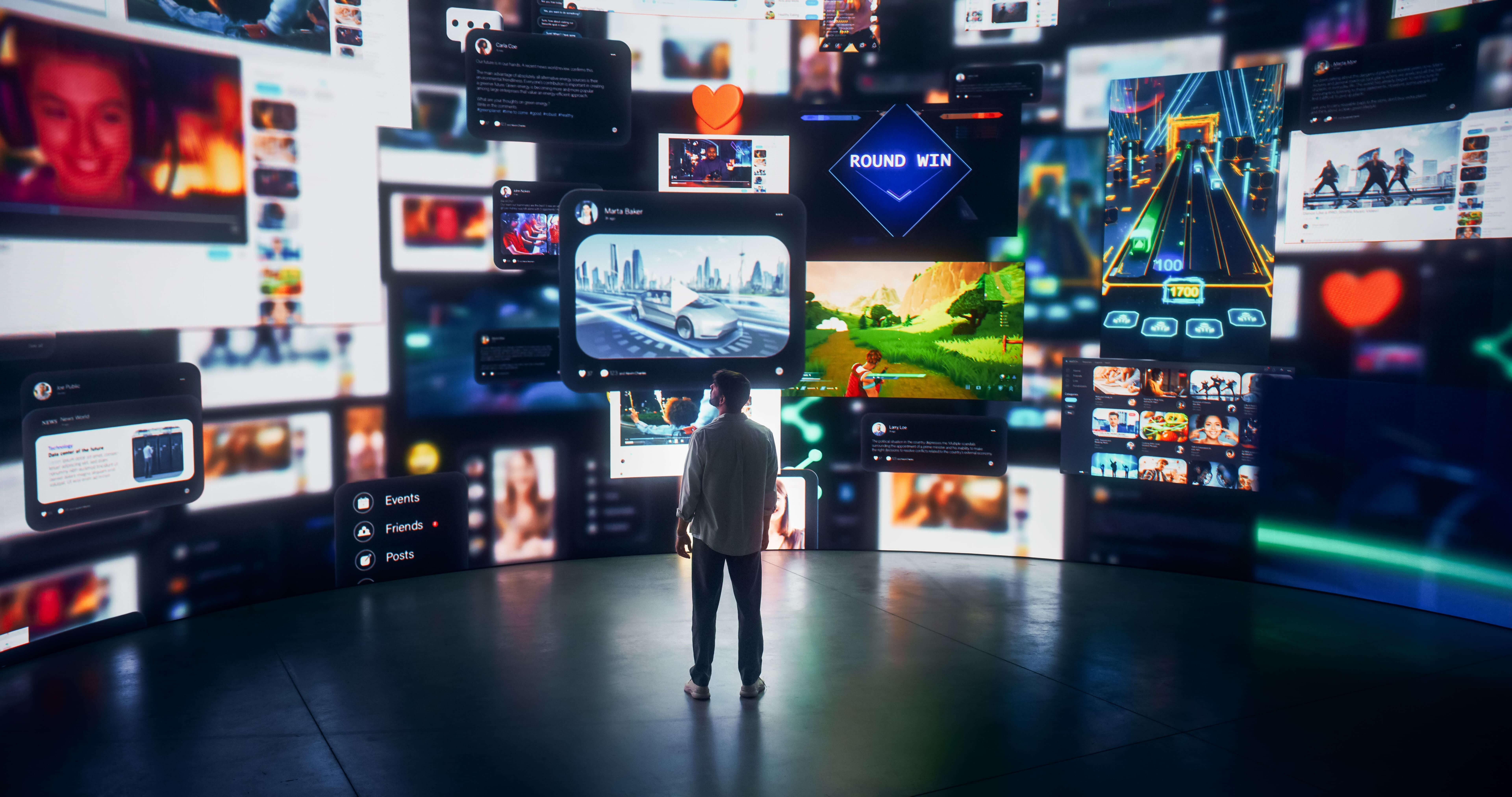In the dynamic realm of technology, mixed reality (MR) development stands at the forefront of innovation, offering immersive experiences that blend the physical and digital worlds. However, with great potential comes unique challenges. In this article, we'll explore the intricacies of mixed reality development, highlighting both the obstacles and opportunities that developers encounter in this exciting field.
Understanding Mixed Reality Development:
Mixed reality development involves the creation of immersive experiences that seamlessly integrate virtual and physical elements, enriching user interactions in various domains such as gaming, education, healthcare, and more. Developers utilize a combination of hardware, software, and creative ingenuity to bring these experiences to life, leveraging technologies like MR headsets, spatial mapping, gesture recognition, and 3D modeling.
Challenges in Mixed Reality Development:
- Hardware Limitations:
One of the primary challenges in mixed reality development lies in hardware limitations. While MR headsets continue to evolve, they still face constraints such as limited field of view, resolution, and processing power. Developers must optimize their experiences to ensure compatibility across different devices and address performance issues to deliver smooth and immersive interactions.
- User Experience Design:
Crafting intuitive and engaging user experiences in mixed reality poses unique challenges. Designing interfaces that seamlessly blend virtual and physical elements while maintaining usability and accessibility requires careful consideration. Developers must also account for factors like spatial awareness, gesture controls, and comfort to ensure a smooth and immersive user journey.
- Content Creation:
Creating compelling content for mixed reality experiences demands a multidisciplinary approach. Developers must possess expertise in areas such as 3D modeling, animation, spatial audio, and storytelling to deliver immersive narratives and interactive environments. Additionally, optimizing content for different MR platforms and devices adds complexity to the development process.
Opportunities in Mixed Reality Development:
- Innovation and Creativity:
Despite the challenges, mixed reality development offers boundless opportunities for innovation and creativity. Developers have the freedom to explore new concepts, push the boundaries of technology, and create transformative experiences that captivate and inspire audiences across various industries.
- Market Growth and Demand:
The demand for mixed reality experiences continues to rise across sectors such as entertainment, education, healthcare, and enterprise. As the technology matures and becomes more accessible, developers have the opportunity to capitalize on a growing market and reach a diverse audience hungry for immersive and interactive content.
- Collaboration and Community:
Mixed reality development thrives on collaboration and community engagement. Developers can leverage platforms, forums, and communities to share knowledge, collaborate on projects, and learn from peers. This collaborative ecosystem fosters innovation, accelerates learning, and fuels the evolution of mixed reality technologies.
Conclusion:
Mixed reality development presents both challenges and opportunities for developers seeking to create immersive and impactful experiences. By overcoming technical hurdles, embracing innovation, and fostering collaboration, developers can unlock the full potential of mixed reality and shape the future of human-computer interaction. As technology continues to advance, the possibilities for transformative mixed reality experiences are limitless, promising a future where the boundaries between the physical and digital worlds blur seamlessly.




